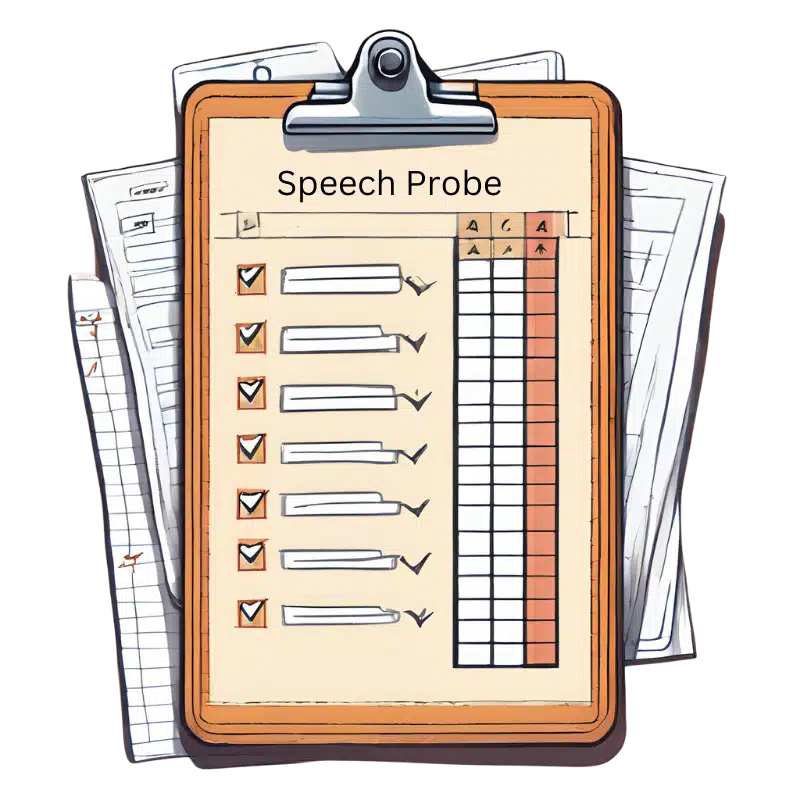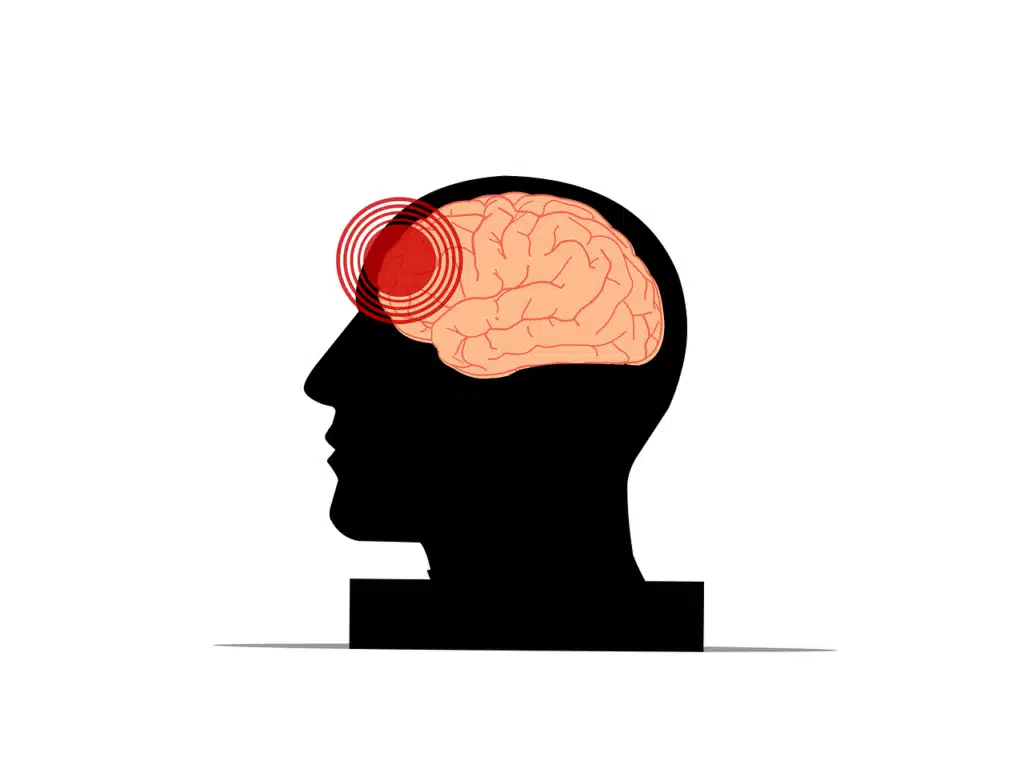Data is a powerful tool in every SLP’s toolbox. It helps us track progress, measure effectiveness, and ultimately guide our therapy decisions. But with busy caseloads, the questions arise: how often should we take data? And how can we ensure it truly reflects a student’s abilities?
Less is More: Spacing Out Data Points
Data collection shouldn’t dominate every therapy session. Think of it as a progress report, not a live feed. Leave room for teaching and practicing new skills before measuring performance.
Consistency is Key: Setting the Stage for Meaningful Data
Data only tells a story if it’s collected under similar circumstances. Here’s how to ensure your data paints an accurate picture:
- Baseline Before Takeoff: Always collect data at the beginning of a session, before any specific training takes place. This establishes a baseline of the student’s current skills.
- Data Probes: Your Unsung Heroes: Develop consistent data probes for each goal. These probes should directly assess the specific skill you’re working on and be age-appropriate for the student.
Crafting Powerful Probes: What to Consider
Here are some key elements to consider when developing effective data probes:

- Target the Goal: Ensure your probe directly assesses the specific skill you’re working on
increasing. Don’t phrase it in terms of decreasing a deficit.- For example, instead of saying “Decrease the phonological process of stopping,” a more positive phrasing would be “Increase the student’s ability to produce fricatives.” I’ve gotten some worried phone calls from parents who see the graph rapidly decreasing!!
- Age Appropriateness: Consider the student’s age and developmental level. A picture card probe might be appropriate for younger children working on articulation of /b/. In contrast, older students practicing narrative skills might handle a written story prompt better.
- Multiple Forms: If possible, develop probes in multiple formats (pictures, written words, real-life scenarios). This approach assesses a skill from different angles and reduces the chance of memorization affecting results. For example, a student working on vocabulary might be shown a picture of a banana and asked to name it. Then later describe it using simple adjectives in a sentence.
- Error Analysis: Design probes that allow you to analyze the types of errors a student makes. This can provide valuable insights into their specific challenges and areas for intervention. For instance, a probe assessing a student’s ability to follow two-step directions might involve asking them to “Touch your elbow and then hop on one foot.” Observing if they complete both steps in the correct order or struggle with a specific part helps tailor future therapy sessions.
Examples of Goal-Probe Partnerships:
Let’s see how these principles translate into practice:

- Goal: Improve articulation of the /p/ sound in single words.
- Probe: A list of 10 words containing the /p/ sound at the beginning (e.g., “pan,” “pig”), middle (e.g., “apple,” “happy”), and end (e.g., “cup,” “hop”) of words. Note the number of correct productions and any specific errors made (e.g., substitutions, omissions).
- Goal: Increase expressive language skills by using synonyms in sentences.
- Probe: Provide the student with a sentence with a blank space (e.g., “The dog is very _____ today”). Offer a list of synonyms for the missing word (e.g., happy, joyful, excited) and see if they can choose and use the appropriate synonym in the sentence.
Embrace the Nuance: Moving Beyond Pass/Fail
Data shouldn’t be a simple yes or no. When possible, use rubrics or detailed observations to capture the nuances of a student’s progress. This provides a richer picture of their strengths and areas for development. For example, instead of just marking articulation attempts as correct or incorrect, note if the sound was produced accurately for the first time, required multiple tries, or needed specific prompting.
Feeling overwhelmed by creating rubrics? Don’t worry! In our next blog post, we’ll delve into the world of rubrics, providing step-by-step instructions and helpful examples to make crafting these powerful tools a breeze: Mastering the Art of Measurement: A Guide to Creating Rubrics in Speech Therapy (with Bonus Example!).
Let’s Chat!
Have questions or success stories about data collection in speech therapy? Share them in the comments below!
Social Media Icons: designed by rawpixel.com – Freepik.com











